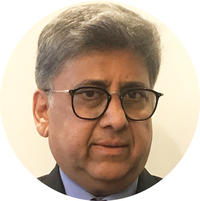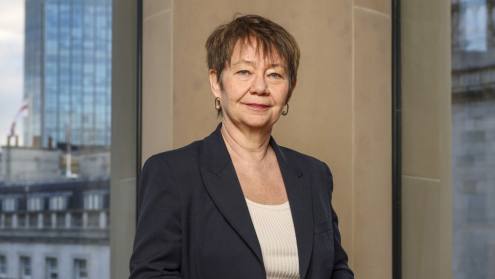Many developing countries have pledged to achieve net zero by 2070 and beyond. But is that timeline enough?
Opinion is fast building towards advancing these deadlines and doing more on climate and sustainability – but this requires developing countries to get faster access to climate finance, and in higher amounts.
Climate is the single most crucial theme of discussion in G7 and G20 talks, and comes with the proviso that higher gross domestic product growth must align with lower or zero carbon emissions. The G7, in its Sapporo Communique of April, agreed to accelerate renewable energy deployment, and to more rapidly phase out fossil fuels.
Fossil fuels currently make up more than 80% of the world’s energy mix. They fuel infrastructure, industry and transportation, and generate electricity. Coal and gas are the chief carbon culprits. While coal is the dirtiest fuel, natural gas is responsible for both carbon dioxide (CO2) and methane emissions.
Advances need to be made now in clean hydrogen and renewables to reduce energy imports. For now, solar and wind energy have the maximum potential until technological developments and infrastructure for clean hydrogen are in place. An ideal pathway would be one that reflects the most environmental benefits.
Read more about climate action
However, a known limitation of wind and solar power is intermittent supply. Sunshine and wind, being nature driven, are not able to provide 24/7 demand for power. Some form of long-duration, grid-scale energy storage at the distribution transformer level is a solution to cover absences of sunshine and wind.
The challenge today is that countries like India need trillions of dollars in investment to adopt expensive battery storage technologies in order to achieve a 24/7 clean power supply. This makes power unaffordable and certain projects unviable. Innovative solutions are thus required to maintain the same consumer price for renewable energy as that generated from coal. This concept also demands environmental impact analyses and life cycle assessments for carbon neutrality.
Identifying a solution
The key to overcoming these challenges is affordability. One option to consider is financial viability support (FVS) for utility-scale battery storage capacity creation. FVS is designed to provide capital support through a one-time grant or deferred payment to infrastructure projects that are economically feasible and justified, but fall short of financial viability. FVS reduces the revenue required to recover costs and provides an attractive financial return for the private sector.
India is in a unique position as it understands the FVS structure. NITI Aayog – an Indian think tank – as well as the country’s economic, finance and infrastructure ministries, financial sector, and legal fraternity are aware of the complexities involved, the competitive process, financing and contractual structuring, having successfully implemented it in other infrastructure segments.
Alternative financing needs to be structured such that it instils confidence, is bankable and provides comfort to investors
Alternative financing needs to be structured such that it instils confidence, is bankable and provides comfort to investors, financers and stakeholders. Both policy support and a massive mobilisation of public and private resources are required.
But who will fund the viability gap? How about developed economies providing FVS through a carbon offset mechanism under their climate finance pledge? Developed economies – which are demanding the earliest net-zero transitions and which have already used up their share of cumulative CO2 emissions from the era of industrial revolution – could provide funding to make clean energy storage affordable.
Moody’s, in a recent report, views government support as crucial for implementing storage technologies on a large scale. A few pilot projects structured with grants from the private sector are already on the anvil. Where necessary, international financial institutions and central banks could be asked to provide guarantees for resource mobilisation and long-term swaps for currency hedging.
The time for action is right now. The issue merits due consideration in the upcoming G20 meetings under India’s presidency. At the very least, the respective countries’ positions and reservations on this topic, if any, should be known.
The concept has potential for replication in Indonesia, Vietnam, the Philippines, and other countries that have announced plans to accelerate the closure of coal-fired power plants in collaboration with an Asian Development Bank-led consortium.
An economical renewable energy system comprising energy generation, grid transmission and storage will go some way to energising the clean energy transition. The G20 must emerge as thought leaders and up the ante to achieve climate action at speed and scale.
A socially just structure based on the principle of ‘Vasudhaiva Kutumbakam’ – a Sanskrit phrase meaning ‘the whole world is one family’ – will ensure wider acceptance of the legacy of the transition.

Ajay Sagar is a former senior advisor of the Asian Development Bank Philippines. The views expressed above are his own.







